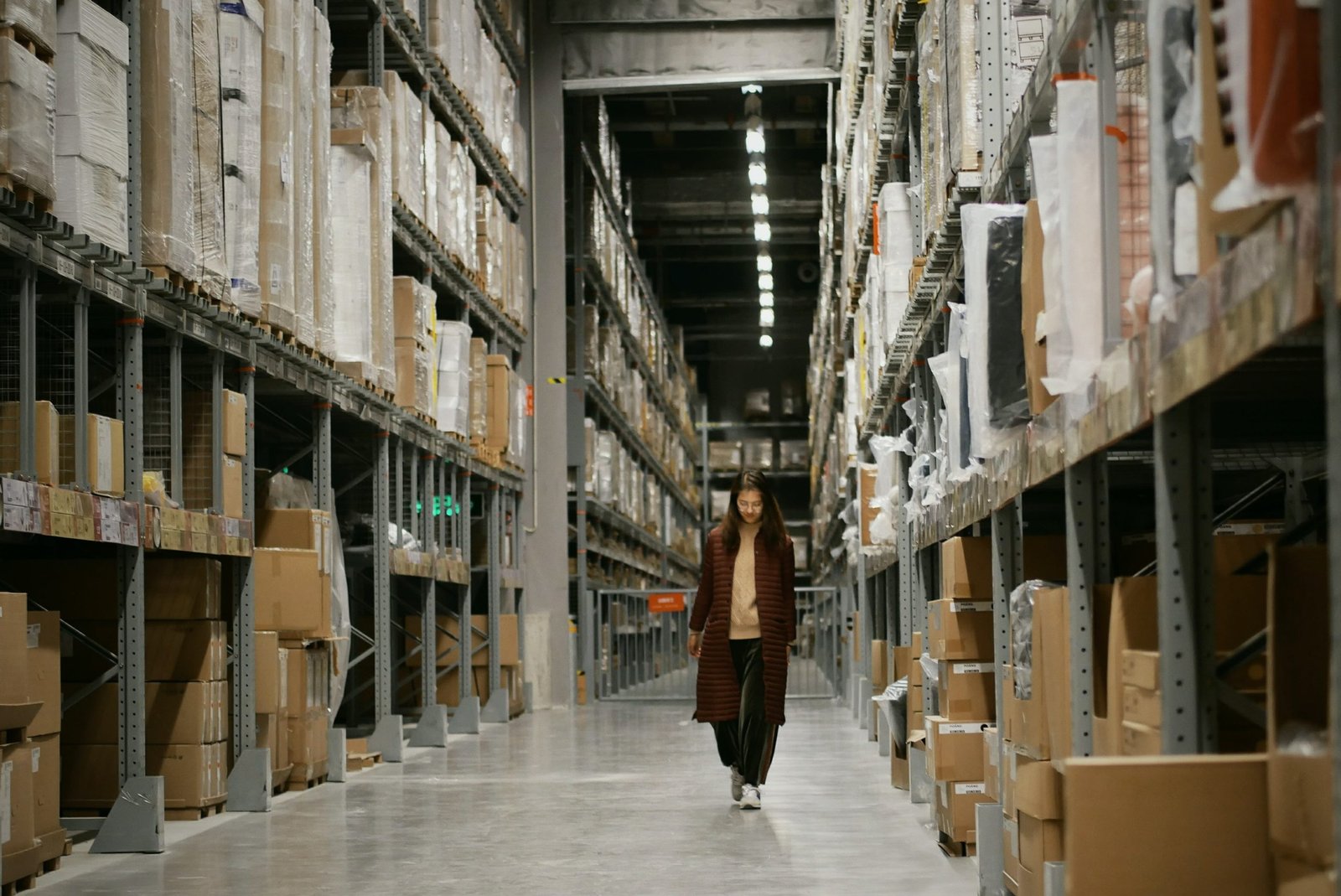When the question is raised which are the big considerations to build future warehousing success one should start by examining the Future Warehousing Success trends in the market. But which trends to surf on depends of course on the direction the enterprise is going to take, meaning developing and documenting an (operational) strategy is key. During this process targets should be put down such as the (geographical) scope of the operation, expected growth (and in which segments), the output speed and quality of the warehousing process, and required flexibility from a customer point of view and the policy in terms of use of assets and operational costs the organization can bear. The mix of those elements will determine the warehouse solution type, whether it is outsourced or not, fully or partially automated or not, run fully or partly by its own staff, or requires state-of-the-art software and technology features, etc. And today’s business might require setting these targets for multiple customer and market segments, served by the same physical warehouse or distribution center.
A clear game changer in business today is e-commerce and how to build this into existing operations. Since e-commerce orders intensify the workload for lesser value per picked order line we often use this as a driver for technological and process changes in the warehouse. E-commerce picking bears the risk of having too many people on the warehousing floor, creating congestion and setbacks in productivity, and thus might tempt to implement goods-to-man systems or batchpick/split processes with multi order trolleys or putwalls and using the right technology to support this process. And this is where smart glasses might prove to be a good solution.
Another game changer is the fact that the predictive horizon is getting shorter and companies are even often less worried about this. They want to build agile operations, resulting in warehouse that are set up to respond to the AST-principles: Adaptable, Scalable and Transferable. This means people run warehouses with equipment, people and assets that can be quickly up- or downscaled or transferred when space is lacking. Solutions orient themselves to flexible storage and racking systems, AGV’s and AMR supporting people, quickly teachable and simple warehouse processes with technology that allows people to minimize the number of errors and maximize the throughput and thus productivity. And again smart glasses, but also handsfree voice solutions or wrist computer prove to be handy here.
In many parts of the world experienced and skilled warehouse operators are getting scarce. And with this we mean the fix pool of people that know which item and location parameters are important to optimize the warehouse functioning and that have the necessary licenses to manipulate handling equipment. Standardization of warehousing processes and organizations over different operations offers potential for pooling resources. Solutions such as highly steering WMS/WES combined with easy to adopt technology and inhouse routing offer huge potential in such cases.
There is of course more to mention then above considerations. Follow us on linkedin or join one of our expert classes on warehousing to exchange on this, and more…


